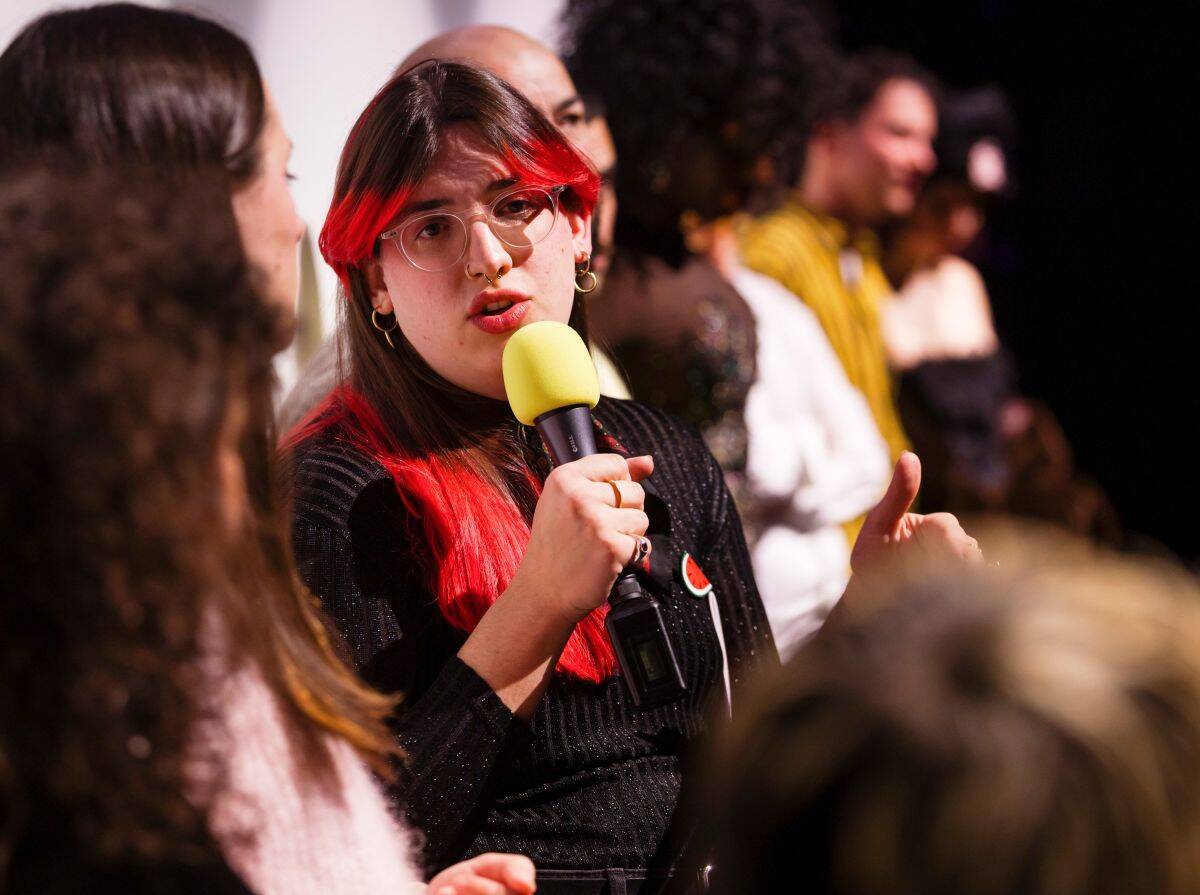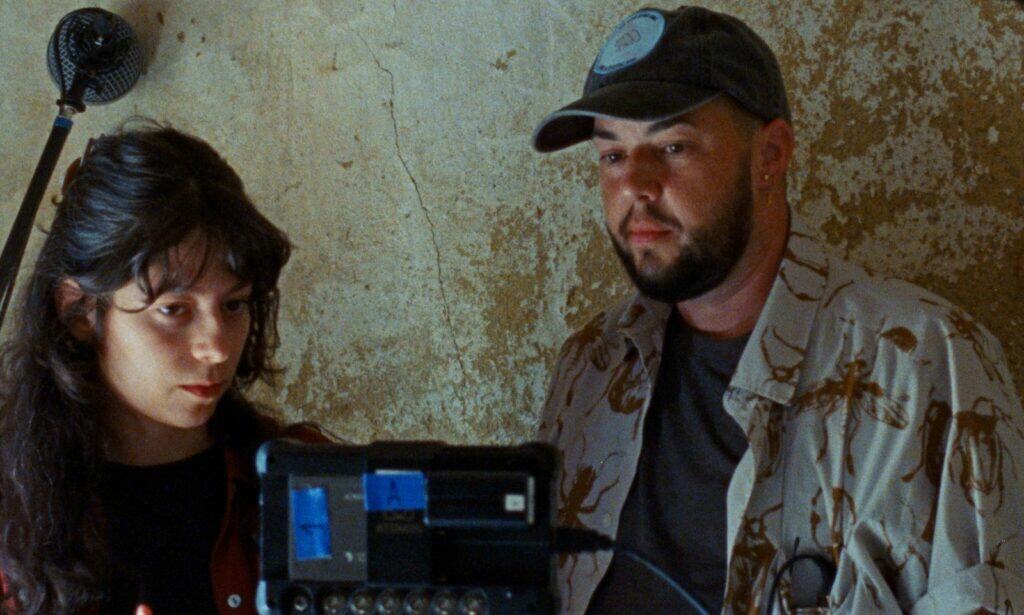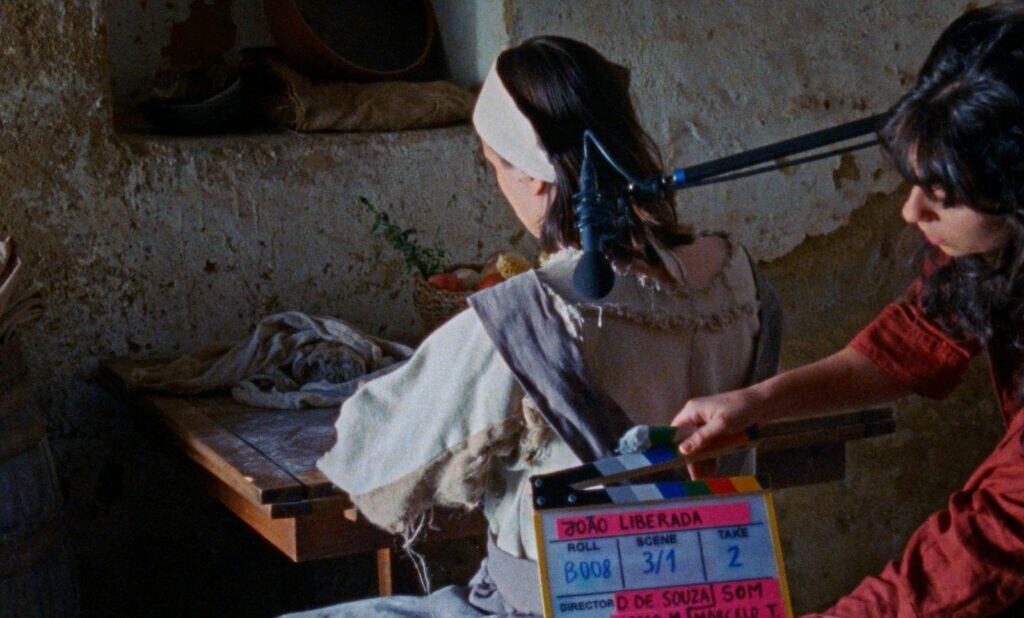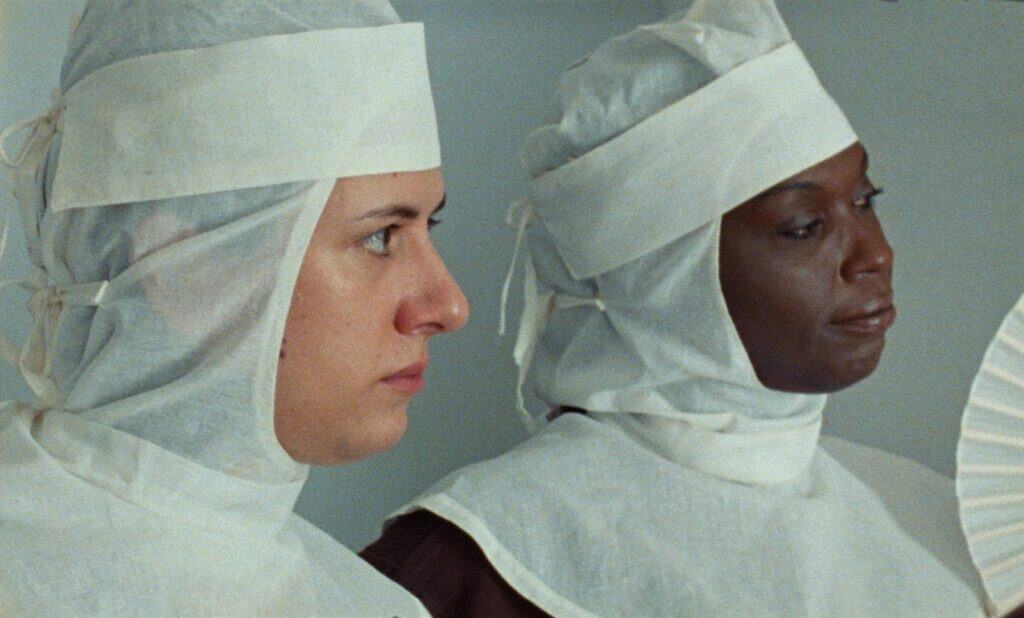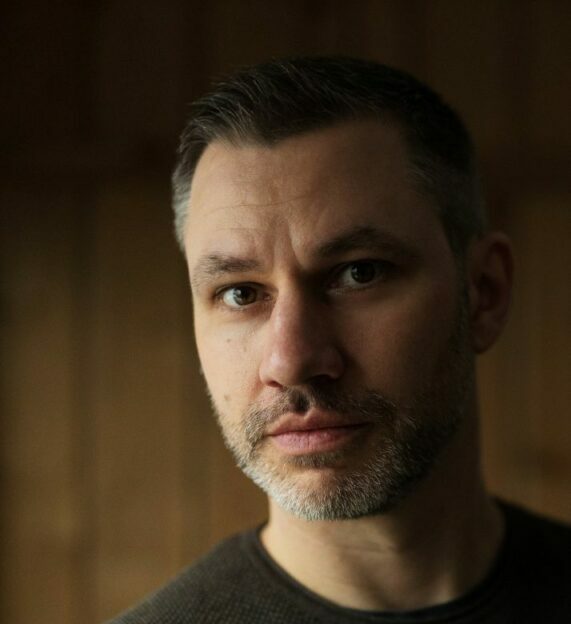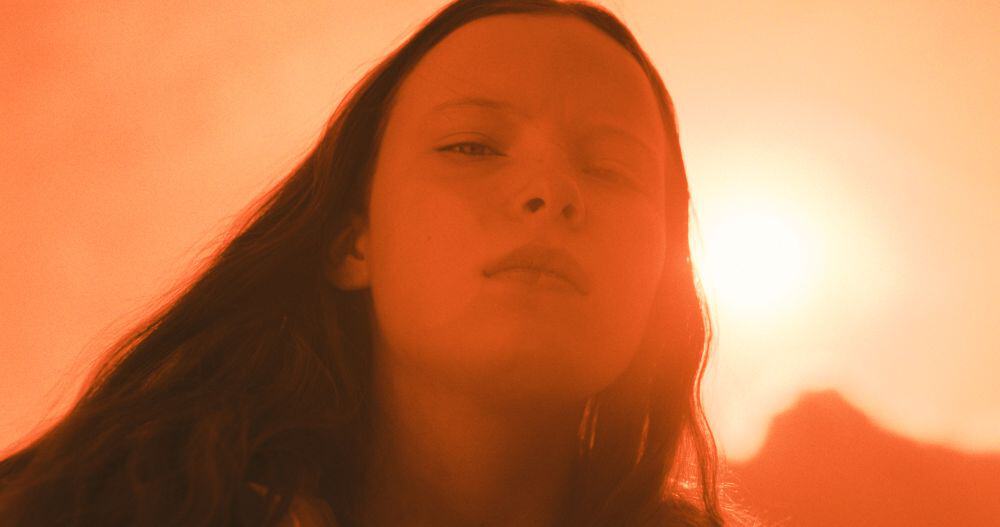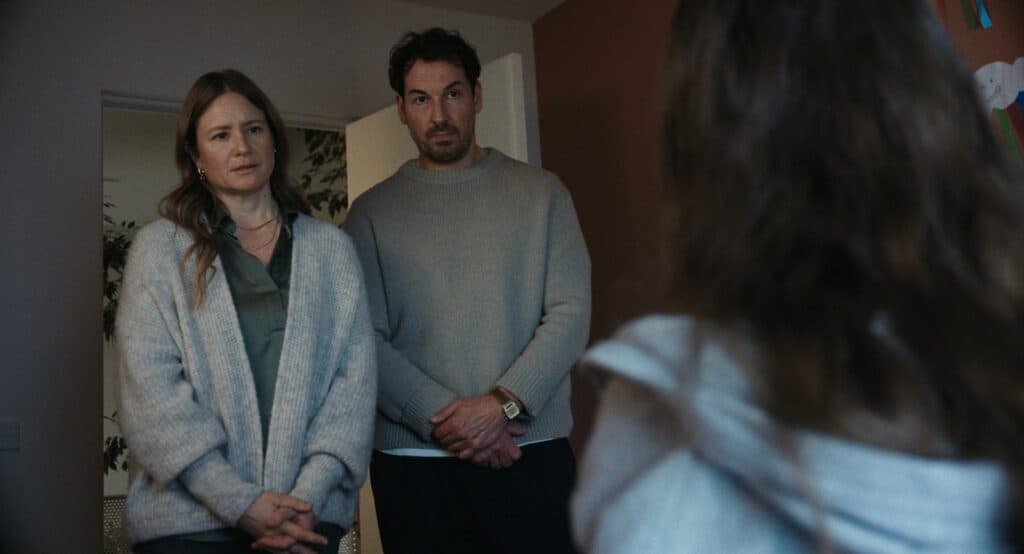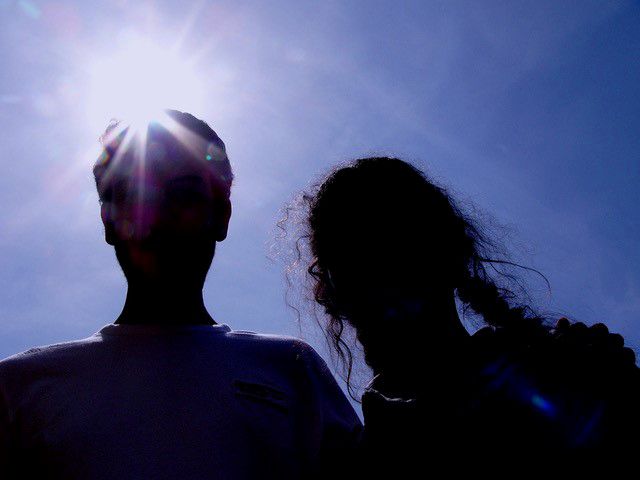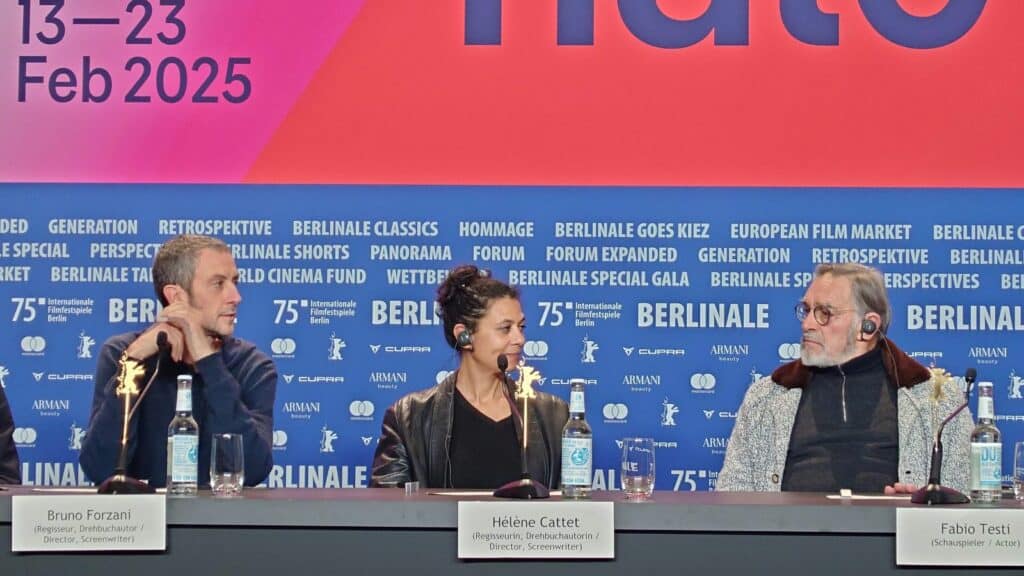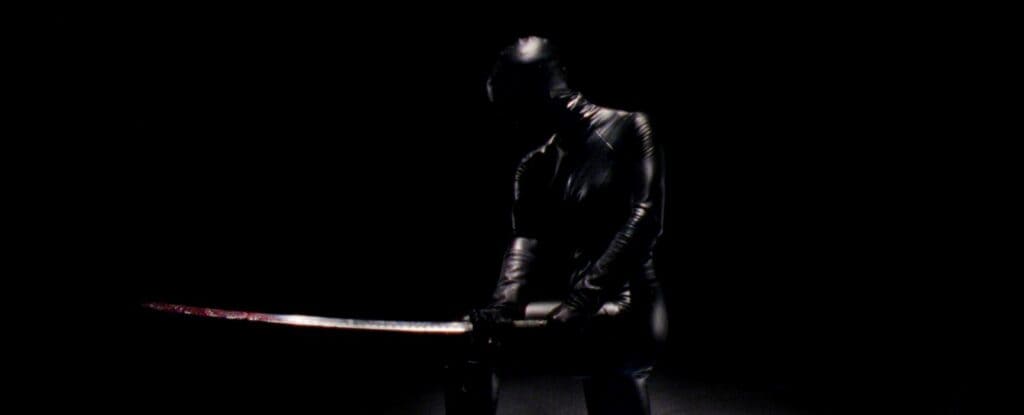Introduction
On March 13, 1997, thousands of people in Arizona witnessed the largest mass UFO sighting in U.S. history—now famously known as The Phoenix Lights. Among them was 10-year-old Claire, who felt as if the lights called to her. In Star People, years later, Claire (Kat Cunning), now a photographer, is still chasing that moment, hoping to capture the lights on camera and finally make sense of what she saw.
When a mysterious tip leads her deep into the Arizona desert during a deadly heatwave with her UFO streamer boyfriend (Connor Paolo) and troubled brother (McCabe Slye) in tow, they encounter a vulnerable immigrant family whose plight complicates her mission. As tensions rise, Claire searches for the answers she seeks on terra firma and among the stars.

Meet Adam Finberg
Filmmaker Adam Finberg grew up in Phoenix, Arizona, and moved to Southern California to attend the American Film Institute’s directing program. He has worked as a writer, director, and editor for the past 20 years. Star People is his first feature-length narrative film.
Adam began his career directing music videos (for artists such as Armin van Buuren, Malbec, and Otis) before transitioning to commercial work (for clients including Napoleon Perdis and GoDaddy). His first documentary, After Katrina: Rebuilding St. Bernard Parish, shined a light on the perils and pains of post-Hurricane Katrina New Orleans.
His first feature documentary, The Business of Recovery, dove into the secret lucrative world of the American addiction treatment industry. The film was featured on Last Week Tonight With John Oliver as it sparked conversations about the rehab industry and was even showcased at the International Drug Policy Reform Conference in Washington, DC to help guide policy decisions.
Interview
Cinema Scholars’ own Glen Dower recently interviewed writer and director Adam Finberg about his new sci-fi/thriller Star People, starring Kat Cunning. Star People will open in theaters July 25, with a VOD release to follow nationwide on all major platforms on August 12, and is being distributed by Blue Harbor Entertainment.
Lightly edited for content and clarity.
Glen Dower:
Hi Mr. Finberg. Star People, not a singing competition on Saturday night television, but your new heartfelt sci-fi drama, of which you are writer and director, which I enjoyed. You grew up in Phoenix, and for those people who don’t know, can you explain what the Phoenix Lights were and how they partly influenced the story?
Adam Finberg:
Sure. Well, the Phoenix Lights were a mass UFO sighting in Arizona in 1997. On March 13th, 1997, thousands of people saw a strange formation of lights flying across the state. And it’s been talked about for years, investigated. There have been many TV shows about it and a lot of speculation about what it is and what it isn’t. And at the time I was in high school, I didn’t see them, but I do know several people who did see them that night. And in fact, some people who worked on the film told me that they had seen the lights. They were very excited to work on this film.
And for me, it was always an interesting jumping off point for storytelling because I was always intrigued by them. I also have a personal friend who had seen them, and I just wanted to write about characters who had experienced that. That was kind of how that started. This was in a time, too, when the idea of shared experiences was a little different than it is now because, you know, there wasn’t social media yet. You know, when a lot of people saw the same thing, there were only so many ways to talk about it at the time. It’s still mysterious to this day about what happened.
Glen Dower:
That is so cool. So like you say, you created a great ensemble of characters that have run the gamut of those who may be involved in a story like this: the believer, the non-believer, the cynic, the people just along for the ride, etc. So how did you come about those characters?
Adam Finberg:
My influence for the writing, a lot of it came from my experience directing a documentary in 2015 called The Business of Recovery, which was about the addiction treatment industry. And a lot of the people I met during that time were experiencing trauma of one sort or another. I found that my experiences in talking to people firsthand in the making of that film really influenced my writing years later because it is something that is a common thread in the human experience about how we process terrible events or how we process holes in our lives.
That experience fed into, I guess you could say, my imagination as I was building these characters. A lot was influenced from that because, for me, at the end of the day, this had to be a very good human. There had to be a very good story behind the science fiction elements. I didn’t want to tell a story just about the science, the lights, or just about the science in it, because that wasn’t enough storytelling. I had to have characters that you would be interested in learning about and going on a journey with.
https://www.youtube.com/watch?v=4JnaAHawOKo
Glen Dower:
Absolutely. So, when we go into films like this, we can either go into it with the concept of Close Encounters Of The Third Kind or War of the Worlds. We’re just waiting, waiting, waiting, and here comes the ship! Oh, there they are. Or there’s a film I saw like last year called Acid Man. I don’t know if you saw that, starring Thomas Hayden-Church, directed by Alex Lehman, the director, and he and I had a really interesting conversation about how UFO experiences really bring people together. And it doesn’t matter if you’re a cynic or not, it’s about how it reveals or deepens relationships. With your film, do you think the brother-sister relationship was the central hook?
Adam Finberg:
As I developed the characters, yeah. It started with the main character and building out, you know? Building out that character’s life. I had to have opposing elements with a good story. So there had to be, you know, her and her brother, Claire and Taylor. They were sort of two sides of the same coin, and they both had to share trauma, and the way that they sort of dealt with it was just different. You know, one hooked into this experience to try to find answers. The other sort of found help in self-medicating, you could say, with substance abuse.
From there, I just had to just kind of expand it. I mean, the writing process is a lot of throwing things in the wastebasket. For me, it’s like, you think you’re gonna keep, you gotta keep digging so that it just took a lot, a lot of digging and just building it more and more until it felt, you know, as real as I could, I could get it.
Glen Dower:
And the film is beautiful to look at as well. Filmed in Arizona, right. Locations like these always make me think of John Carpenter’s The Thing, because, as a director, you have to find that it looks remote enough…but also accessible, because you’re making a film, you have to walk that fine line. How did you come up with those locations?
Adam Finberg:
Well, that was a big adventure in itself! I worked very closely with this wonderful guy, Brian Bukovic, who was my location manager, and we did our road trips around Phoenix. I mean, because yeah, we needed to find a place that felt remote, yet it was accessible to shoot, that we could be close enough and not put our crew up far, far away. Most of the remote-looking stuff is in the Superstition Mountains, which is a range southeast of Phoenix, kind of southeast of Mesa. There’s a wonderful ranch out there called Quarter Circle U Ranch that we ended up filming at.
It’s deep in this canyon. You take this dirt road about eight miles off the grid, no cell service, you know, got all the trucks out there, and we were able to just shoot out on that property. One of those scouting days on my own, when I was driving around, I got a flat tire out there, and I had to deal with it because it was off the grid. But it wasn’t that far off the grid. And we also shot some in South Mountain Park, which is this huge park south of downtown Phoenix, which has this paved road that we were able to shoot on, that looks very remote, because you can’t, you know, you can’t see, but you aren’t that far from the city, right there. That’s good.
Glen Dower:
So an adventure in itself to find an adventure.
Adam Finberg:
Oh yeah, all over.
Glen Dower:
I also want to talk about your take on the influence of shows and movies like The X-Files. I was in high school when the show was at its peak. It was always the thing we talked about in the yard the day after the episode aired. And I was also lucky enough to talk to Dr. Erin McDonald recently, and she’s the science advisor for the current Star Trek universe. And we talked about the Scully Effect on female careers in the STEM arena. So looking back, just at that show, The X-Files, do you think films like yours could have been made without shows like that, all those decades ago, that have inspired and intrigued generations for years?
Adam Finberg:
Well, there’s a lot. The X-Files has colored our popular consciousness, which is fine. It’s just like Twilight Zone or Close Encounters. I mean, all these things. Any art is sort of built on the art that came before it. What would it be? I don’t know. I mean, I think the Phoenix Lights would have still happened, and we still wouldn’t know what they are. But you would just have less TV bits using The X-Files music and talking about the Phoenix Lights. I feel like I’ve seen bits where they play The X-Files theme song. There are so many shows about searching for answers, because that’s what we all want. We want to know meaning, we want to know why. And sometimes it’s not so clear cut, though, unfortunately. That’s ‘the’ truth.

Glen Dower:
And what’s great about your film is that it very much leads a lot to the audience to form their interpretations. And one thing I wanted to say, there was one line, I just wrote it down with great laughter. “My stomach is baking an evil pie!” I loved this line – was it scripted or improvised?
Adam Finberg:
No, that was the line I wrote! To have a character, and McCabe did an incredible job portraying a guy who had recently OD’d, because you had to make it all believable. So we had had him digging into that, you know, the physicality of, what would the day after having a bender be like? But yes, that was in the script originally. But to his credit, he brought the pain in that scene in a way that only he could do!
Glen Dower:
And just one last word about the casting. How did you find your leads? Because obviously, they’re great together. Was it just luck or a bit of magic?
Adam Finberg:
It’s a lot of searching! No, my casting directors, Helen Geer and Kendra Clark, who were a casting team in LA to cast our leads, were amazing. They knew kind of what I was looking for to help bring auditions in for me to find, to eventually find Cat, who was very talented and also a musician. And, you know, I remember Cat’s first audition. I was like, this is Claire. And it came through a Zoom audition, because nowadays, a lot of these auditions are video, you know, on Zoom. I just imagined, in person, that I was going to get a great performance.
But once we had Cat, then we had to line Cat up with who would be the brother. And, you know, we did. We did chemistry reads to make sure that we had the right brother and sister. Do I believe it? And once I knew Cat was a musician, I knew I had to involve Cat’s music, because the music, the track in the credits, Cat collaborated with my composer, Reza, to produce and write. Well, he produced the track, but they both wrote and performed on Constellation, at the end.
Glen Dower:
And they’re the heart and soul. Well, it has been a pleasure. Thanks so much for your time, Mr. Finberg.
Adam Finberg:
Thank you, Glen. Great chatting with you.
Adam Finberg’s Star People, starring actor and recording artist Kat Cunning, McCabe Slye, Connor Paolo, Eddie Martinez, Bradley Fisher, and Adriana Aluna Martinez, will open in theaters July 25, with a VOD release to follow nationwide on all major platforms on August 12.
Read more Cinema Scholar interviews!
Sundance 2024! An Interview With Filmmaker Daniel Barosa
SHOWDOWN AT THE GRAND: An Interview With Writer/Director Orson Oblowitz
Keep up with Cinema Scholars on social media. Like us on Facebook, subscribe on YouTube, and follow us on Threads and Instagram.
Related
